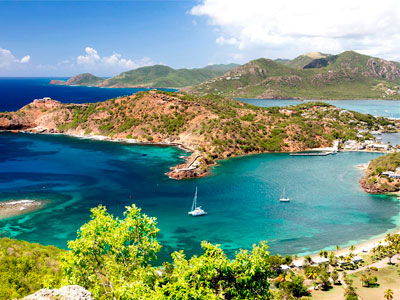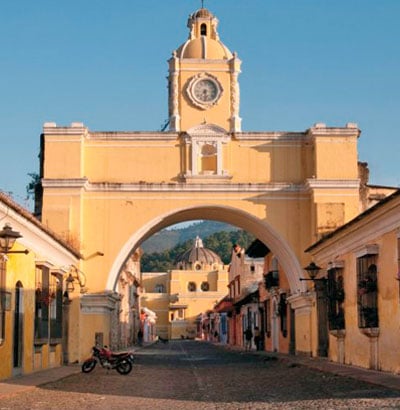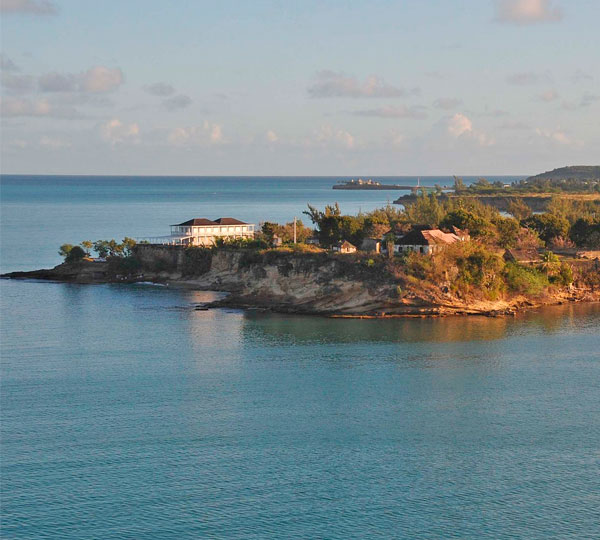

HISTORY
2400 years before our era, the island was occupied by the Siboneys nomads, then by the Arawaks, people of farmers and finally by the Carib warriors. It was not until the arrival of Christopher Columbus in 1493, during his trip, that the island took the name of Antigua, in memory of the Church of Santa Maria de la Antigua.
Antigua was colonized by the English in 1632 and Barbuda in 1678. In 1674 Sir Christopher Codrington created the first sugar cane plantation in Antigua. For this Codrington and the other owners brought slaves from the west coast of Africa. After the abolition of slavery in 1834, the freedmen remained dependent on their former masters because financial conditions were not conducive to their independence.
It was only when a workers’ union was created that working conditions became better. Vere Bird, with the support of trade unionists, founded the Antigua Labor Party, which won the first general election in 1971. In 1981 Antigua and Barbuda became independent and entered the Commonwealth.

GEOGRAPHY
Antigua and Barbuda are part of an archipelago, located in the Caribbean Sea, 60 km north of Guadeloupe. It is made up of two main islands, Antigua and Barbuda. The coast has many beaches, giving Antigua the nickname of the island with 365 beaches, as well as a tropical forest covering the southwest of the island, as well as exceptionally beautiful coral reefs.
Antigua, the larger of the two islands, covers 280 km2 and has low relief but has a volcanic region with an altitude of 402 m at Mount Obama, formerly Boggy Peak.It is a dry island because it has no rivers and no springs. B arbuda, the neighboring island, covers an area of 161 km2, which also has a flat relief with a peak at 44 m, Lindsay.
The largest city is Codrington

ECONOMY
It was the English who introduced sugar cane in 1632 for the exploitation of sugar. This economy lasted more than three centuries long after the abolition of slavery.
Since the gradual abandonment of its agricultural production, Antigua has modified its economy by moving towards developing its growth through tourist activity and a reception base for offshore companies . Even if tourism represents, today, nearly 60% of the island’s GDP, agricultural production remains present on the island but it is oriented towards the domestic market.
PLACES TO VISIT
Fort James, built in the 18th century by the French.
The Antigua and Barbuda Museum in Sint John’s, built in 1985.
The Shipyard Museum, located on Nelson’s Dockyard.
The old Betty’s Hope plantation.
USEFUL INFORMATION
Country: Independence
Status: Autonomous State member of the Commonwealth
Airport: VC Bird St John’s
Climate: Tropical, dry weather with trade winds
Traffic: Driving is on the left.
Currency: East Caribbean Dollar (XCD)
Electricity: 220/110 V – 60 Hz
Fees and taxes: 10% more on the price of rooms and more 8.5% government tax as well as 10 to 15% for restaurant bills.
International telephone call code: +1 268
Languages: English and Creole
TOURISM OFFICE WEBSITE



